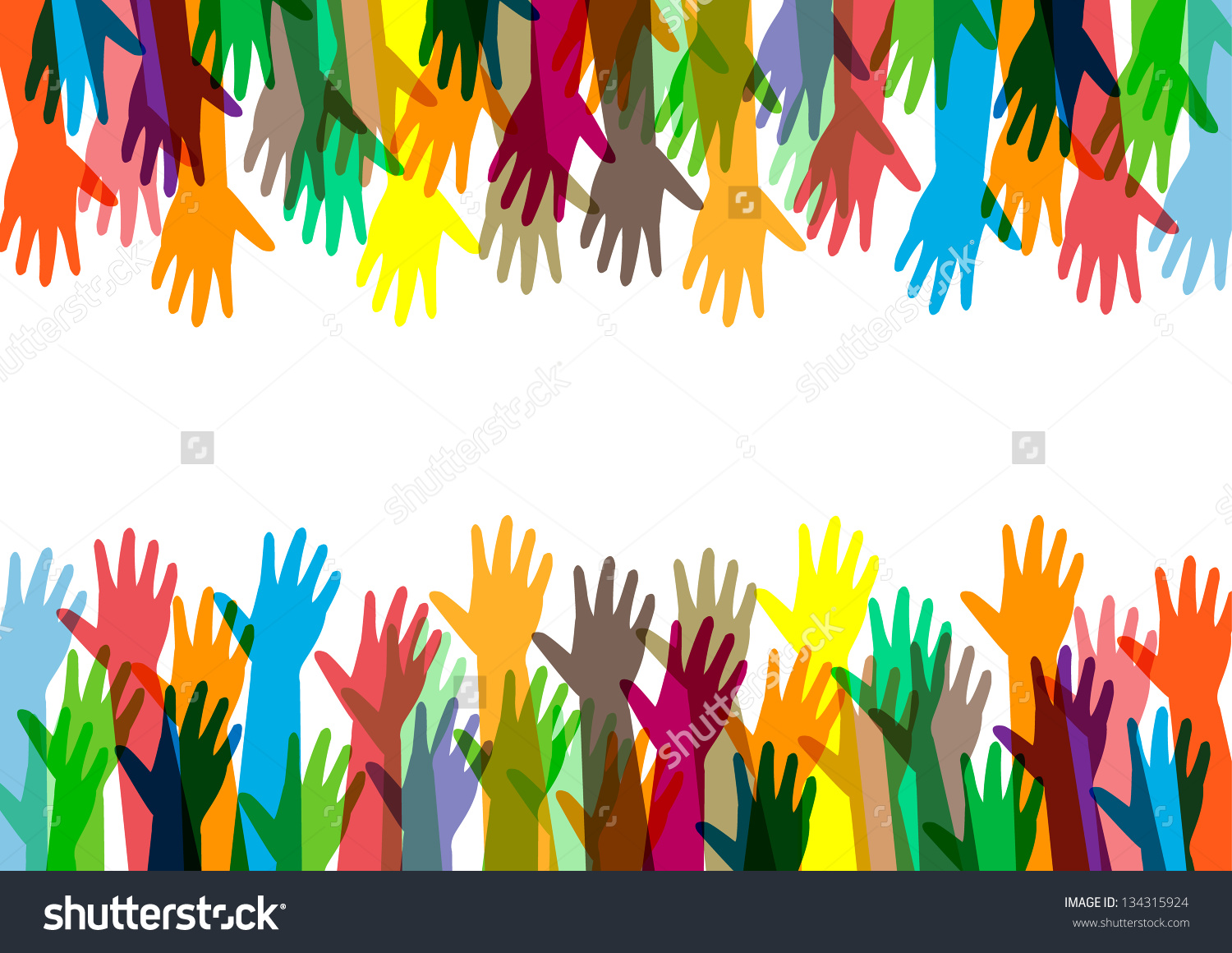In an increasingly interconnected world, the visual representation of cultural diversity has gained prominence. At the heart of this aesthetic movement lies cultural diversity flags clip art — vivid illustrations that encapsulate the essence of various cultures and identities. These creations serve as not only artistic representations but as potent symbols of unity, fostering a deeper understanding of the myriad ways in which human experiences intertwine.
Much like the rich tapestry of a grand mosaic, each flag delineates a narrative woven from threads of history, tradition, and aspiration. The imagery embedded within these flags speaks to the unique attributes of diverse cultures, transforming simple colors and shapes into profound statements about identity and belonging. This visual linguistics resonates with observers, evoking a sense of empathy and awareness that text alone often fails to achieve.
At the core of cultural diversity flags clip art lies the metaphor of a garden, richly varied and meticulously cultivated. Each flag is akin to a distinct flower: some may boast the flamboyant hues of a sunflower, while others might whisper the cool shades of lavender or the deep tones of a rose. Together, they illustrate the beauty that arises from diversity. The convergence of these symbols promotes inclusivity, celebrating not just coexistence but the individuality that each culture offers.
Clip art, in its digital form, allows for easy dissemination of these symbols across various platforms — from educational materials to social media campaigns. This democratization of art empowers individuals and organizations alike to leverage cultural diversity flags in promoting awareness and advocacy. In a world yearning for connection, these images serve as bridges, enabling a dialogue that transcends linguistic and geographical barriers.
On a practical level, utilizing cultural diversity flags clip art can enhance engagement across a multitude of settings: classrooms, community events, and corporate spaces. Imagine a classroom adorned with flags celebrating different nationalities; students could embark on a journey around the globe without ever leaving their seats. Such endeavors stimulate inquiry and respect for cultural differences, steering discussions that cultivate a global mindset. Each flag, representing a unique continent or a specific cultural heritage, ignites a curiosity that can lead to meaningful conversations about acceptance and understanding.
Moreover, in corporate contexts, the inclusion of cultural diversity flags signifies a commitment to diversity and inclusion initiatives. Businesses that embrace these symbols showcase their recognition of the importance of celebrating a multifaceted workforce. This visual representation can bolster morale and enhance team cohesion, as it conveys respect and appreciation for the diverse backgrounds of employees. In essence, these flags become badges of honor, illustrating unity in diversity as the organization flourishes.
As with any form of art, the design of cultural diversity flags clip art holds significance. The choice of colors, shapes, and symbols is not arbitrary. Each element can often reflect deeply rooted beliefs, customs, or historical events pertinent to that culture. For instance, consider the vibrancy of an African flag, which often employs red, green, and yellow — colors steeped in the continent’s struggle for independence and celebration of its rich heritage. Herein lies the duality of visual art: the aesthetic appeal is intertwined with layers of meaning, urging viewers to engage thoughtfully.
Furthermore, the beauty of such clip art lies in its adaptability and versatility. Graphic designers, educators, and advocates can utilize these resources in myriad ways. The digital format allows for alterations, enabling the customization of flags to fit specific themes or concepts. This malleability can serve to underscore particular aspects of cultural pride or historical significance, reflecting current discussions surrounding identity politics or social justice movements.
Nevertheless, while the proliferation of cultural diversity flags clip art can be laudable, it is imperative to approach this with sensitivity and respect. Representation should never lapse into appropriation — it is vital to understand the cultural significance behind the images. Engaging with the communities from which these symbols originate fosters authenticity and avoids commodification of culture. This nuanced approach enriches the dialogue surrounding these visual elements, deepening appreciation rather than reducing complex identities to mere decorations.
The potential for cultural diversity flags clip art to celebrate and elevate voices from various walks of life is immense. When used thoughtfully, these images can galvanize movements for change, serve as enduring reminders of shared humanity, and evoke visceral connections among those who view them. They are not just images but calls to action, urging society to foster empathy, respect, and understanding amidst a backdrop of diversity.
In summation, cultural diversity flags clip art offers a confluence of artistry, symbolism, and advocacy. Each creation acts as a portal into different worlds, inviting onlookers to delve into the richness of global cultures. By harnessing the power of these visual representations, society can cultivate an environment that celebrates uniqueness while promoting a collective identity rooted in mutual respect and understanding. As we navigate the complexities of our interconnected world, let us cherish the vibrant array of cultural flags that beckon us to explore, appreciate, and unite in diversity.
